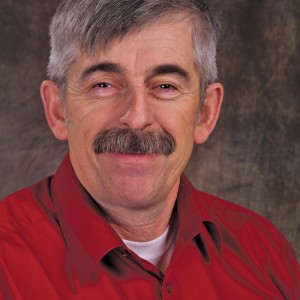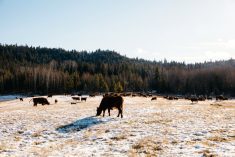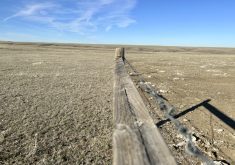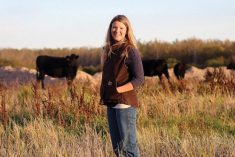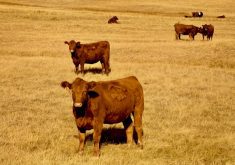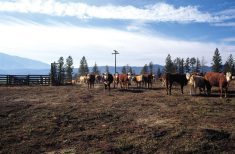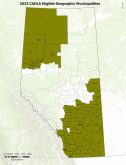Cattle producers in northern Alberta can make use of an income tax deferral to help them weather the 2014 drought in the Peace Country.
But what they really need is a break from Mother Nature.
“In 2013, the Peace Country got average rainfall,” said Valleyview producer Roland Cailliau, a Zone 9 delegate with Alberta Beef Producers.
“The problem was that we didn’t get anything in the fall, so we went into 2014 with dry conditions.”
Only a few areas of the Peace Country received decent amounts of rain over the summer, with some seeing just half an inch.
“Where we’re at in Valleyview, a lot of those were small showers,” said Cailliau, who operates a cow-calf operation.
“So even though it rained quite often, it didn’t amount to anything, and a lot of it just evaporated. The whole Peace Country was in a severe drought situation this year.”
Northeast of Grande Prairie, Norman Hennigar, zone director with Alberta Beef Producers, is also feeling the pinch of the drought.
“I guess the thing that we noticed was the short supply of feed for our cattle — our hay yield is down to about 60 to 70 per cent of what it normally is,” said Hennigar. “We’ve been fortunate, but we’ve been feeding for an extra month and a half as well, which hurts us a little bit when you’re short on feed.”
It hasn’t been hard for Hennigar to find feed in the area, but transportation costs make it an expensive proposition. It can also take longer to get hay up to the Peace.
Cailliau said the hay situation wasn’t too bad in his area, since there was enough residual and spring moisture for most people to take off an average crop.
Read Also
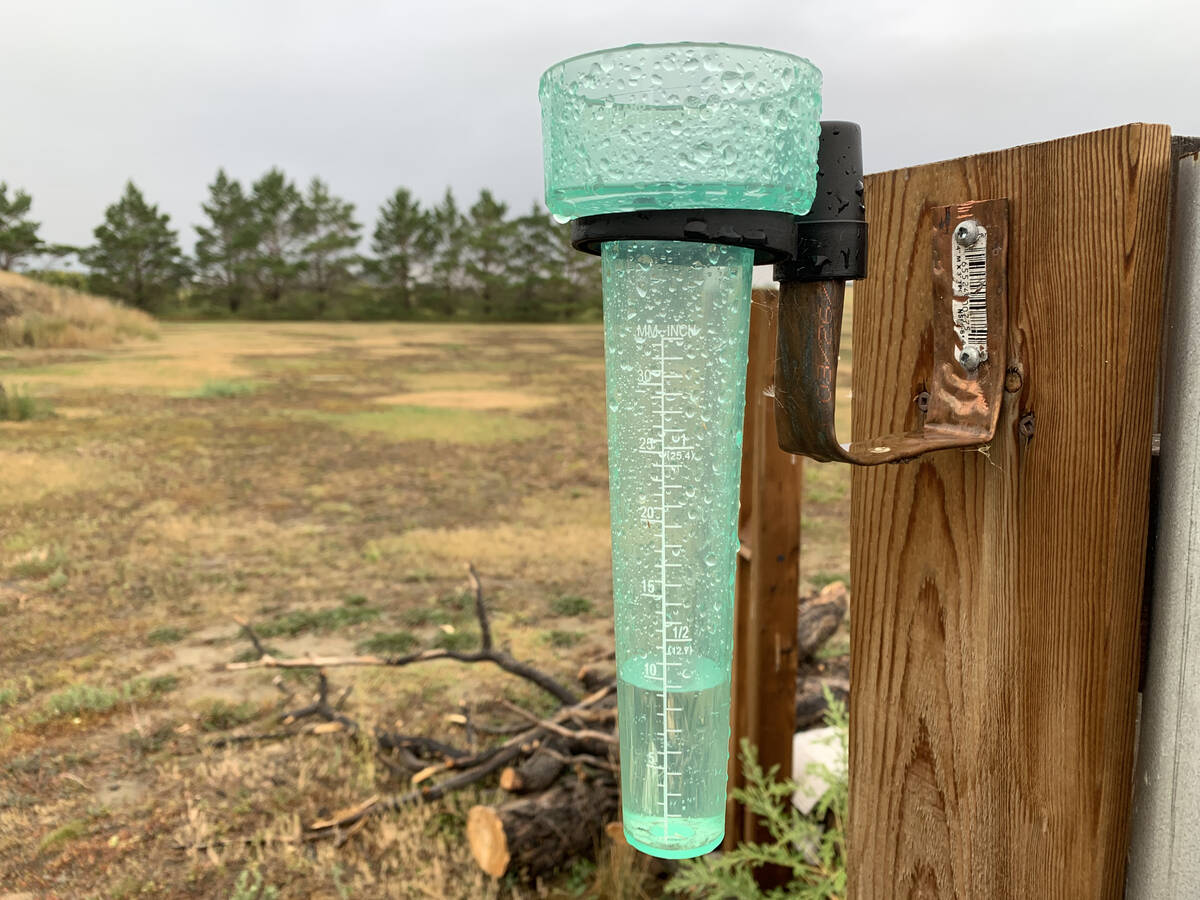
Western B.C., parts of Prairies received drought relief in October
Drought monitor for Western Canada for October
“Droughts for cattle are really severe when they hit two or three years in a row,” he said. “If we can go into next year with rain in 2015, we’ll be fine. If we don’t get rain in 2015, we’ll be hurting big time,” he said.
The livestock tax deferral may offer a bit of relief for affected producers. Peace-area ranchers who live in the counties of Birch Hills, Clear Hills, Grande Prairie, Saddles Hills County and the municipal districts of Fairview, Greenview, Peace, Smoky River and Spirit River are eligible to defer income tax on sales of their breeding livestock for one year.
Eligible producers can request a tax deferral when filing taxes for the 2014 tax year. In order to qualify, a producer’s breeding herd must have been reduced by at least 15 per cent, from which 30 per cent of income from net sales can then be deferred. When a herd has been reduced by more than 30 per cent, 90 per cent of the eligible net sales can be deferred.
But Hennigar doesn’t see it as a major benefit.
“Livestock tax deferral is not a real solution,” he said. “It helps in the right circumstance, but it doesn’t help to buy feed or anything. It’s not a big fix, that’s for sure.”
Cailliau is a little more optimistic, and said the program might help a few individuals.
“It depends on where people are at in terms of how much feed they have, and whether or not they want to sell cows out at that time,” he said. “I know some guys who are going to be very thankful for it. But I don’t know if I can say that all producers, or even a large percentage of producers will take advantage of it.
“I mean, that really depends on their individual situation. Any time you have a program like this, it is appreciated.”
While the current snowfall is about average, a good rain in the spring will make all the difference for 2015, said Cailliau.



